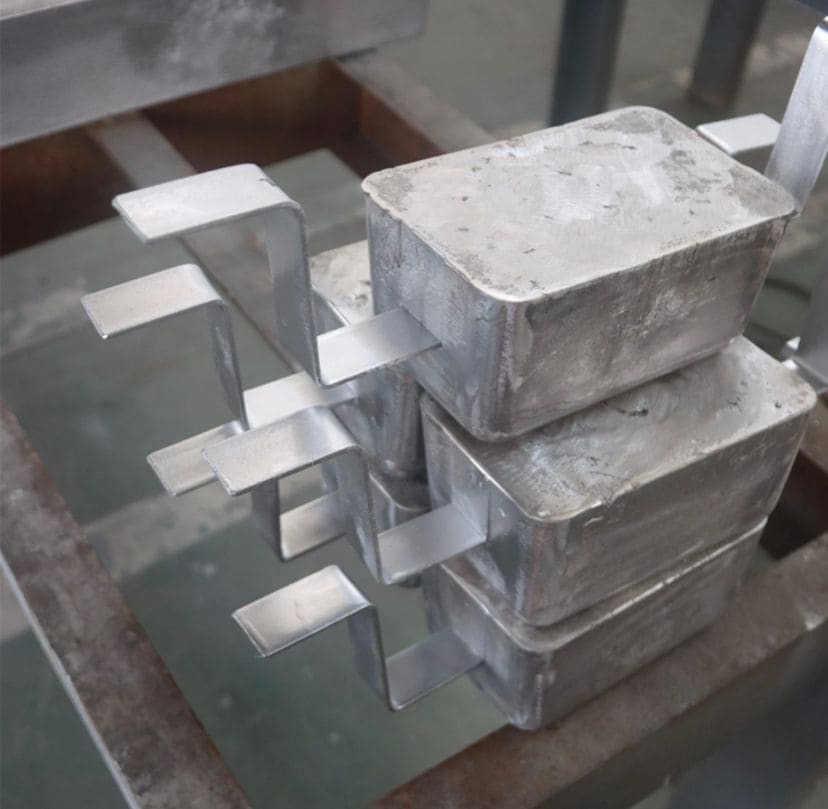Understanding the Role of Sacrificial Anodes
Sacrificial anodes are engineered to protect metal structures from corrosion through a process called cathodic protection. They are typically made of highly active metals like zinc, aluminum, or magnesium. When connected to the structure to be protected, sacrificial anodes corrode preferentially, releasing electrons and effectively polarizing the metal structure, thereby inhibiting corrosion.
Design Considerations
Designing sacrificial anodes involves a careful balance of various factors to ensure effective corrosion protection. Here are some key considerations:
Material Selection : The choice of material for sacrificial anodes is critical. It must be more electrically active than the metal structure it's protecting to ensure sacrificial corrosion. Common materials include zinc, aluminum, and magnesium, each offering specific advantages and limitations based on the application environment.
Size and Shape : The size and shape of sacrificial anodes are tailored to the specific requirements of the application. Factors such as the surface area to be protected, the anticipated corrosion rate, and the available space for installation influence the design. Anodes may be cylindrical, rod-shaped, or custom-designed to fit unique configurations.
Electrical Efficiency : Maximizing electrical efficiency is essential for optimizing the performance of sacrificial anodes. This involves determining the appropriate ratio of anode surface area to the surface area of the metal structure to achieve adequate protection while minimizing material consumption and cost.
Durability : Sacrificial anodes are expected to withstand harsh environmental conditions, including exposure to saltwater, soil moisture, and chemical contaminants. Designing for durability involves selecting corrosion-resistant materials, implementing robust coatings or encapsulation methods, and conducting thorough testing to ensure long-term performance.
Installation and Accessibility : Ease of installation and accessibility for inspection and maintenance are important considerations in sacrificial anode design. Anodes should be designed to facilitate straightforward installation procedures, including mounting options and electrical connections. Additionally, provisions for monitoring and replacing spent anodes should be incorporated into the design to ensure continuous protection.
Advanced Techniques and Innovations
As technology advances, so too do the techniques and innovations in sacrificial anode design. Researchers and engineers are exploring advanced materials, such as hybrid anode compositions and nanostructured coatings, to enhance the efficiency and longevity of sacrificial anodes. Additionally, predictive modeling and simulation tools enable more precise optimization of anode design parameters, leading to improved performance and cost-effectiveness.
Conclusion
The design of sacrificial anodes is a multifaceted endeavor that blends scientific principles with practical engineering considerations. By carefully balancing factors such as material selection, size and shape, electrical efficiency, durability, and accessibility, engineers can create sacrificial anode systems that provide robust corrosion protection for a wide range of applications. As we continue to innovate and refine our understanding of corrosion mitigation techniques, sacrificial anodes remain a cornerstone of defense against the relentless forces of corrosion, safeguarding critical infrastructure and ensuring its longevity for generations to come.
